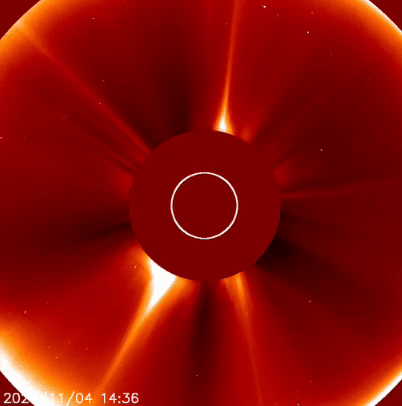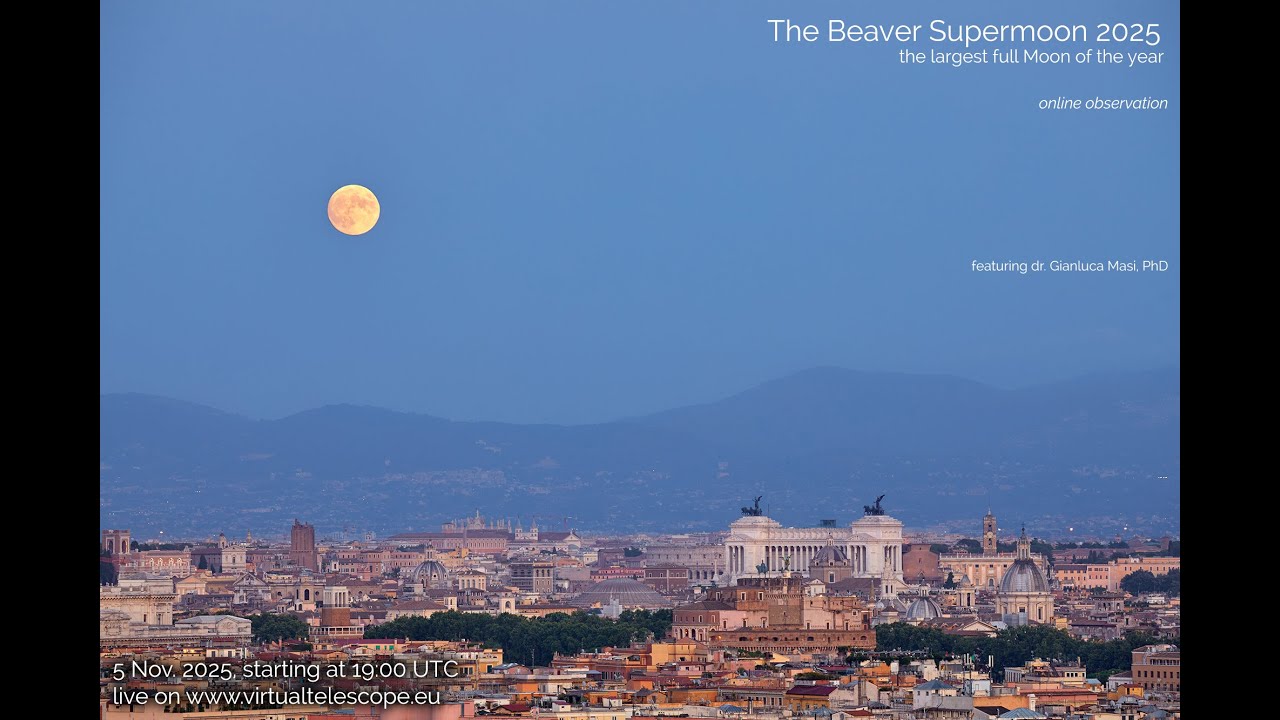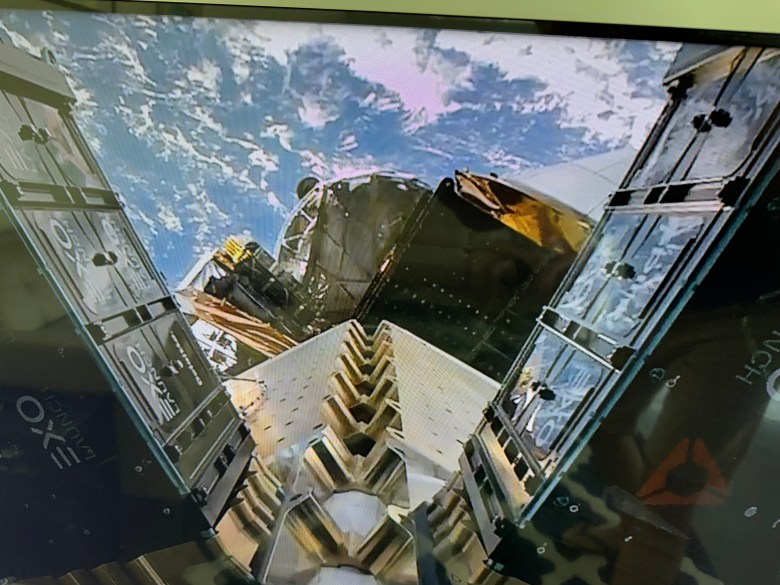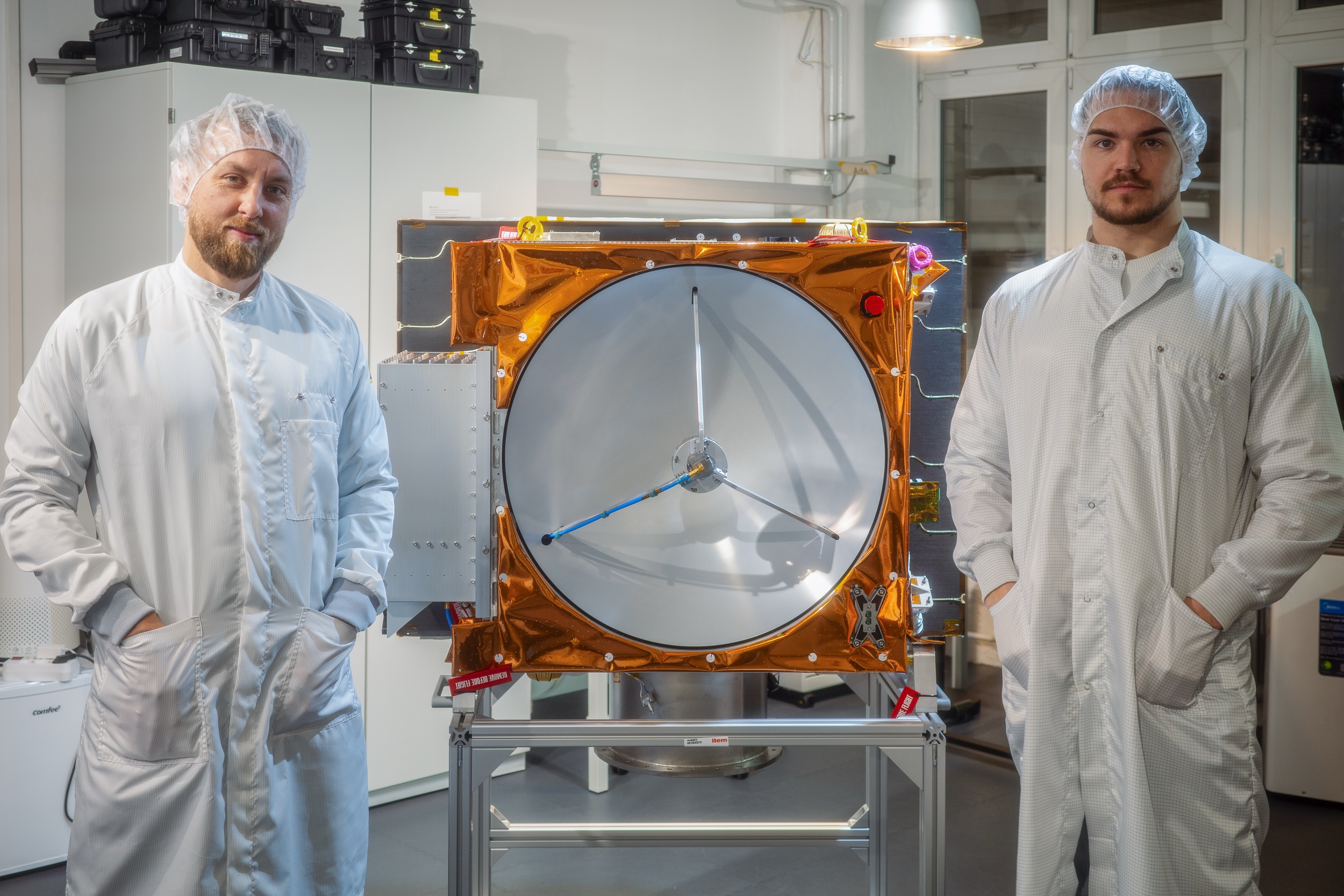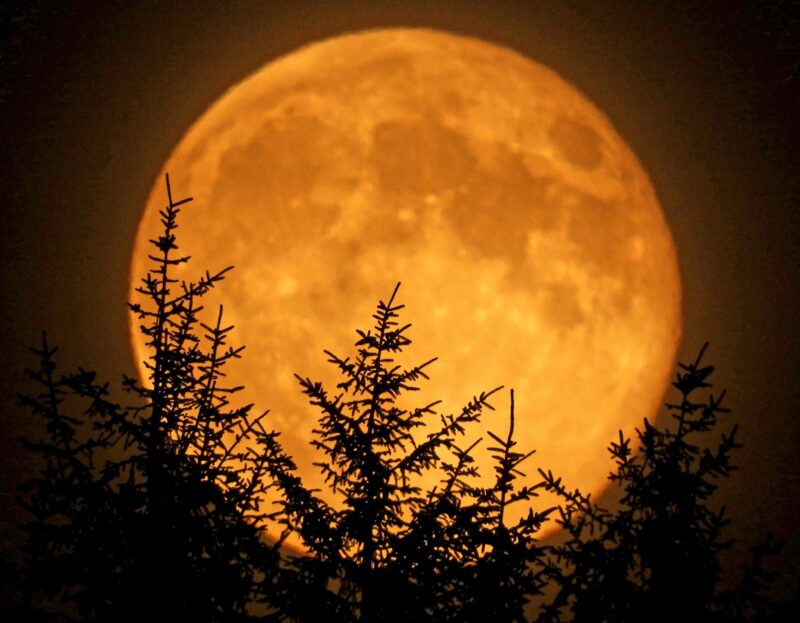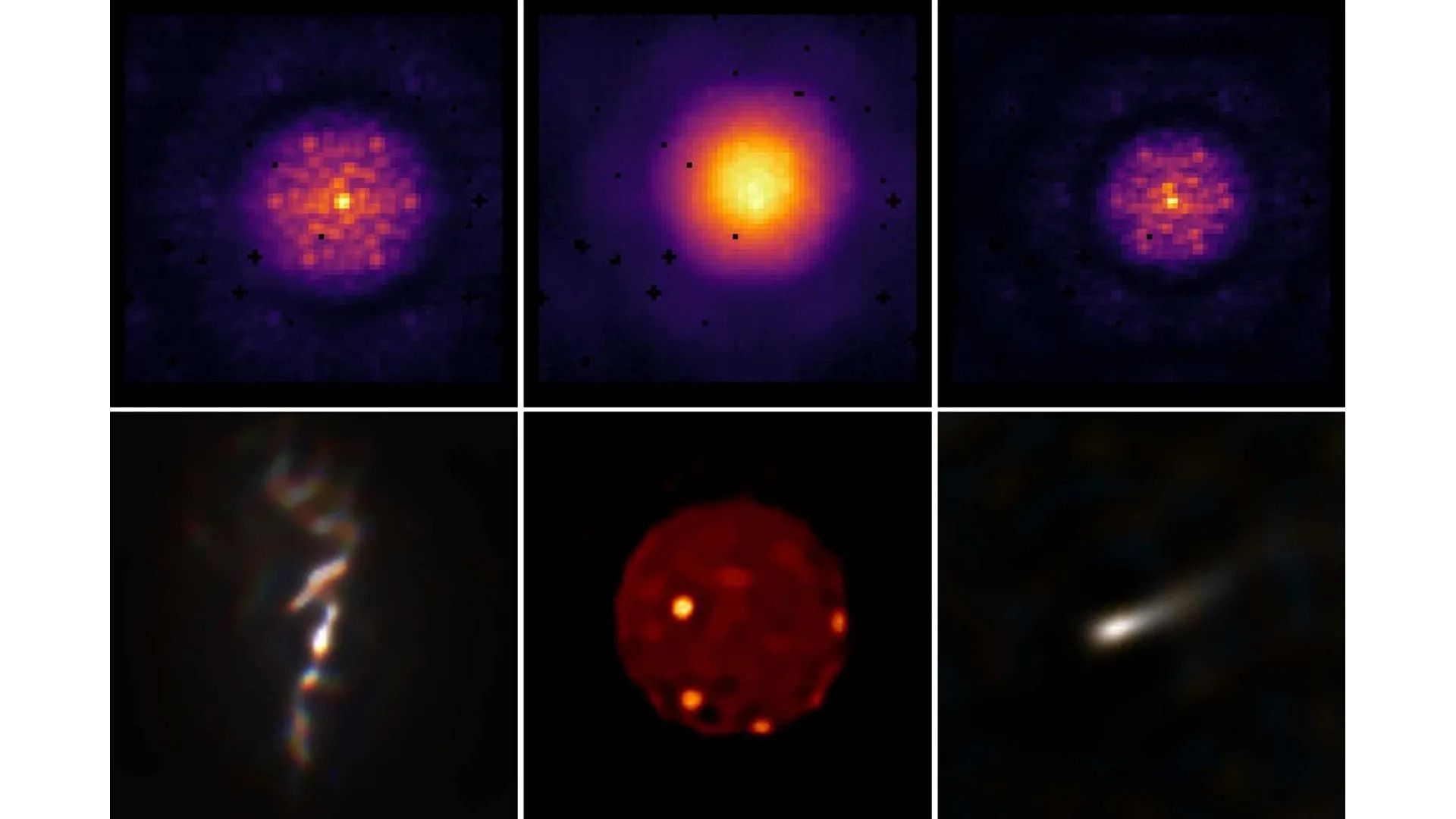The sun has fired off not one but two colossal X-class solar flares in less than 12 hours, causing radio blackouts across the sunlit portion of Earth at the time
The Beaver Supermoon 2025, the largest full Moon of the year: online observation – 5 Nov. 2025 – YouTube Watch On The November full moon, also known as the Beaver
A small satellite named Deloitte-1 is hunting for hackers in orbit. Launched in March, it’s the first of nine spacecraft the consulting firm Deloitte expects to be operating over the
WASHINGTON — German satellite manufacturer Reflex Aerospace has raised 50 million euros ($57.4 million) as it rides a growing wave of interest and investment in European space systems. The Berlin-based
Here are some tips for viewing the moon, including how to check the moon illusion, from EarthSky’s John Goss. Science matters. Wonder matters. You matter.Join our 2025 Donation Campaign today.
Telescope has been suffering from blurry vision. But a team of Australian researchers created an AI algorithm that fixes the problem — a major relief for the scientific community, which
HELSINKI — China’s human spaceflight agency has delayed the scheduled return to Earth of a crewed Shenzhou spacecraft due to a suspected space debris impact. “The Shenzhou-20 crewed spacecraft is
This shimmering view of interstellar gas and dust was captured by the European Space Agency’s Euclid space telescope. The nebula is part of a so-called dark cloud, named LDN 1641.
The Port Gamble Ghost Conference is an immersive experience designed for enthusiasts of the paranormal, psychic phenomena, and unexplained mysteries. Taking place over the weekend of November 7-9, 2025, this
Jared Isaacman is in line to be NASA chief — again. President Donald Trump just tapped the billionaire tech entrepreneur to lead the U.S. space agency, five months after pulling
-
 012024 in Review: Highlights from NASA in Silicon Valley
012024 in Review: Highlights from NASA in Silicon Valley -
 02Panasonic Leica Summilux DG 15mm f/1.7 ASPH review
02Panasonic Leica Summilux DG 15mm f/1.7 ASPH review -
 03How New NASA, India Earth Satellite NISAR Will See Earth
03How New NASA, India Earth Satellite NISAR Will See Earth -
 04And Thus Begins A New Year For Life On Earth
04And Thus Begins A New Year For Life On Earth -
 05Astronomy Activation Ambassadors: A New Era
05Astronomy Activation Ambassadors: A New Era -
06SpaceX launch surge helps set new global launch record in 2024
-
 07Space Force plans new ‘Futures Command’ amid pressure to speed up modernization
07Space Force plans new ‘Futures Command’ amid pressure to speed up modernization


